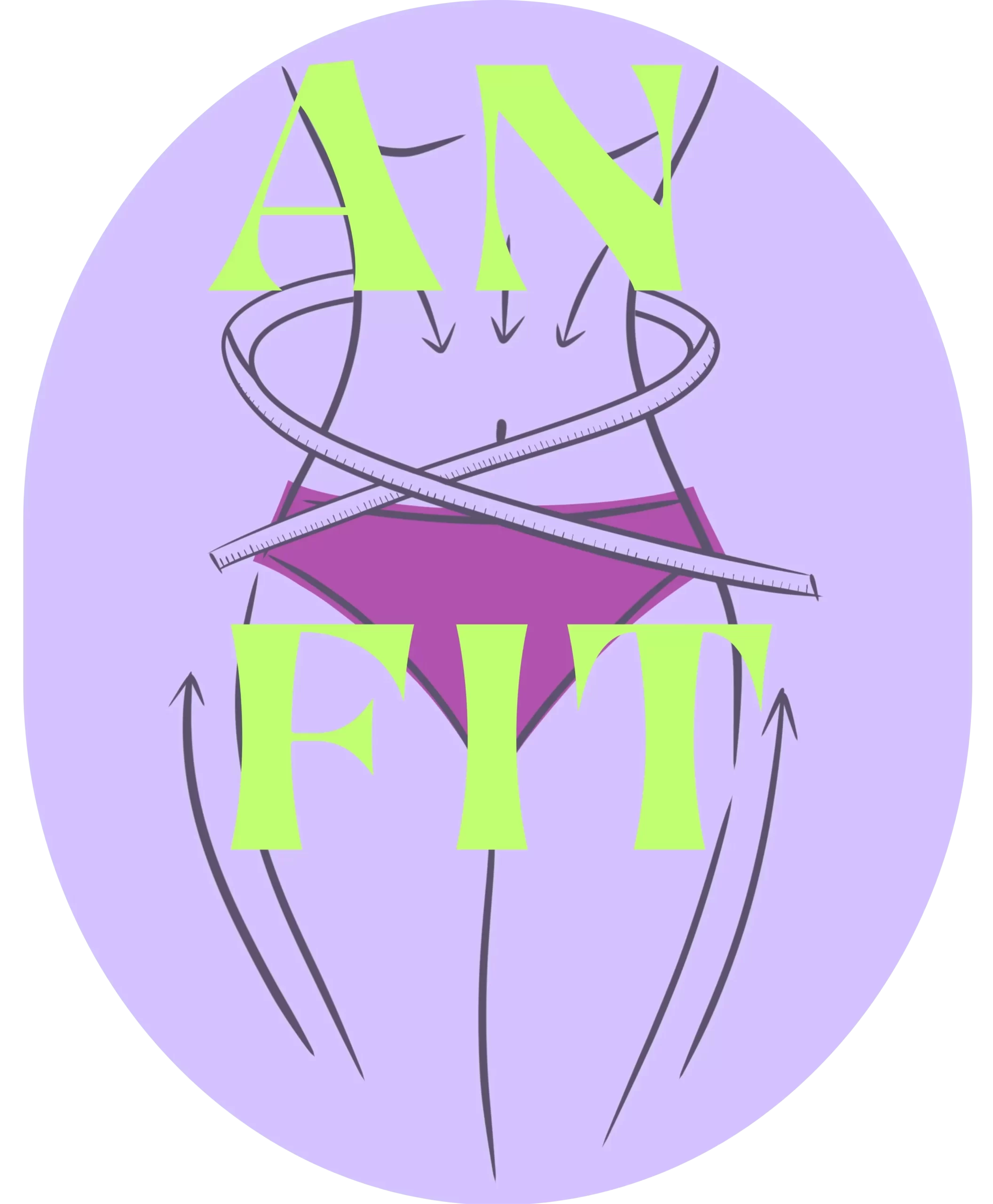---Technology changes the world: corn made of clothes, yarns five times stronger than steel, artificially woven blood vessels...
Woven artificial blood vessel
The artificial blood vessel is made of micron yarn and has a strong “textile feeling” tubular fabric. The white tube wall is woven with a black marker line longitudinally. It can be bent freely and has good elasticity. It is mainly used to replace the human aorta. The woven structure is suitable for the pore size of endothelial cell adhesion, which is conducive to the climbing and growth of endothelial cells; the microporosity and porosity of the surface increase the binding force between endothelial cells and the material, and achieve long-term antithrombotic effect; biological coating is applied on the surface material. The coating material is modified to be negatively charged, and the electrostatic repulsion provides a good anticoagulant effect; through a series of experiments such as hemolysis experiment and platelet adhesion experiment, it is proved that the artificial blood vessel has good blood compatibility.
Health textiles are an emerging industry with great potential for development in the field of health care products. They also provide new concepts and new space for the innovation and development of the textile industry. In addition to artificial blood vessels, products such as artificial tendons and artificial skin are also being developed.
Quilt made of cornstarch
Polylactic acid is an alternative to plastic and is mostly used to produce degradable tableware and shopping bags. How did it “break” into the textile industry?
Polylactic acid fiber, also known as corn fiber, is mostly made of starch extracted from plants such as corn. “The polylactic acid fiber can be completely degraded in the soil after one to three years, turning into water and carbon dioxide, which will not cause pollution when burned, which is in line with the expectations of the concept of environmentally friendly consumption. The growth of bacteria has an inhibitory effect, which can repel dust mites. It also has the characteristics of moisture absorption and sweating, UV resistance, and low flammability , which can meet the needs of consumers for iterative product upgrades.
Nano carbon yarn
The fabric is comfortable and warm, and it is equivalent to doing a far-infrared light therapy. It also has the effect of removing formaldehyde and odor, making the air fresher. A small experiment proves the difference between warm infrared fabrics and ordinary fabrics : A. Bake a piece of black spliced fabric on an infrared light for 3 seconds to remove, the warm infrared fabric part is warm, and the ordinary fabric part does not change. B. A light bulb with a built-in battery is placed on the nano-carbon yarn, and the light bulb lights up instantly — this shows that the infrared absorption of warm infrared fabrics is much better than that of ordinary fabrics, and its electrical conductivity makes it have Huge market application space.
Antibacterial cotton
Through the high-voltage electrospinning process, the antibacterial material is ‘grafted’ to the cotton fiber, which not only retains the naturalness of the cotton fiber, but also increases the function of antibacterial and mite removal. The added antibacterial material is non-toxic and non-irritating to the human body. The antibacterial cotton can reach 4A level, the antibacterial effect is lasting, and it is resistant to washing. The antibacterial rate of common bacteria such as Escherichia coli and staphylococcus aureus is more than 90%. It has been used in well-known domestic sportswear brands and antibacterial underwear products. production.
Lyocell fiber
Lyocell fiber, commonly known as “Tianvel”, is a regenerated cellulose fiber produced from renewable bamboo and wood pulp, which has both the strength of synthetic fibers and the hygroscopicity and antistatic properties of natural fibers. Silky feel and luster, easy to weave, dye and finish, better comfort and breathability.
Not only that, lyocell fiber clothing is more easily degraded, and the environmental protection is outstanding. The data shows that in the ocean, lyocell fiber can be completely degraded in 63 days; in soil, it can be degraded in 55 days; in freshwater environment, it can be degraded completely in 42 days
Nanocellulose
Nanocellulose has the advantages of regenerable, degradable, good biocompatibility, strong adsorption capacity and high reactivity, and can be widely used in daily chemicals, food, medicine, composite materials and other industries and fields. Traditional hemostatic materials have slow hemostatic efficiency and poor hemostatic effect. Residual residues in the body can cause medical accidents. The hemostatic cotton made of nanocellulose fibers, alginate, chitosan, etc., will become gelatinous immediately when it encounters blood. , Quickly stop bleeding within 20 seconds, promote wound healing, and can be degraded and absorbed in the body .
The raw material of nanocellulose is inexhaustible cellulose in nature. Wood pulp, cotton, crop waste straw, banana peel and other fibrous materials can be extracted, and textile waste is no exception. up to 90%.
Yarn strength is 5 times that of the same steel wire
This is a 20-count special yarn, one-fifth of the weight of steel wire of the same thickness, but five times as strong, mainly used for the production of cut-resistant gloves. The original protection standard of 300 grams of fabric can be achieved with 250 grams or even 200 grams through the application of new materials, new equipment and new processes. Carbon emissions are reduced, fabrics are thinner, and clothing costs are reduced, but functionality remains unchanged.

